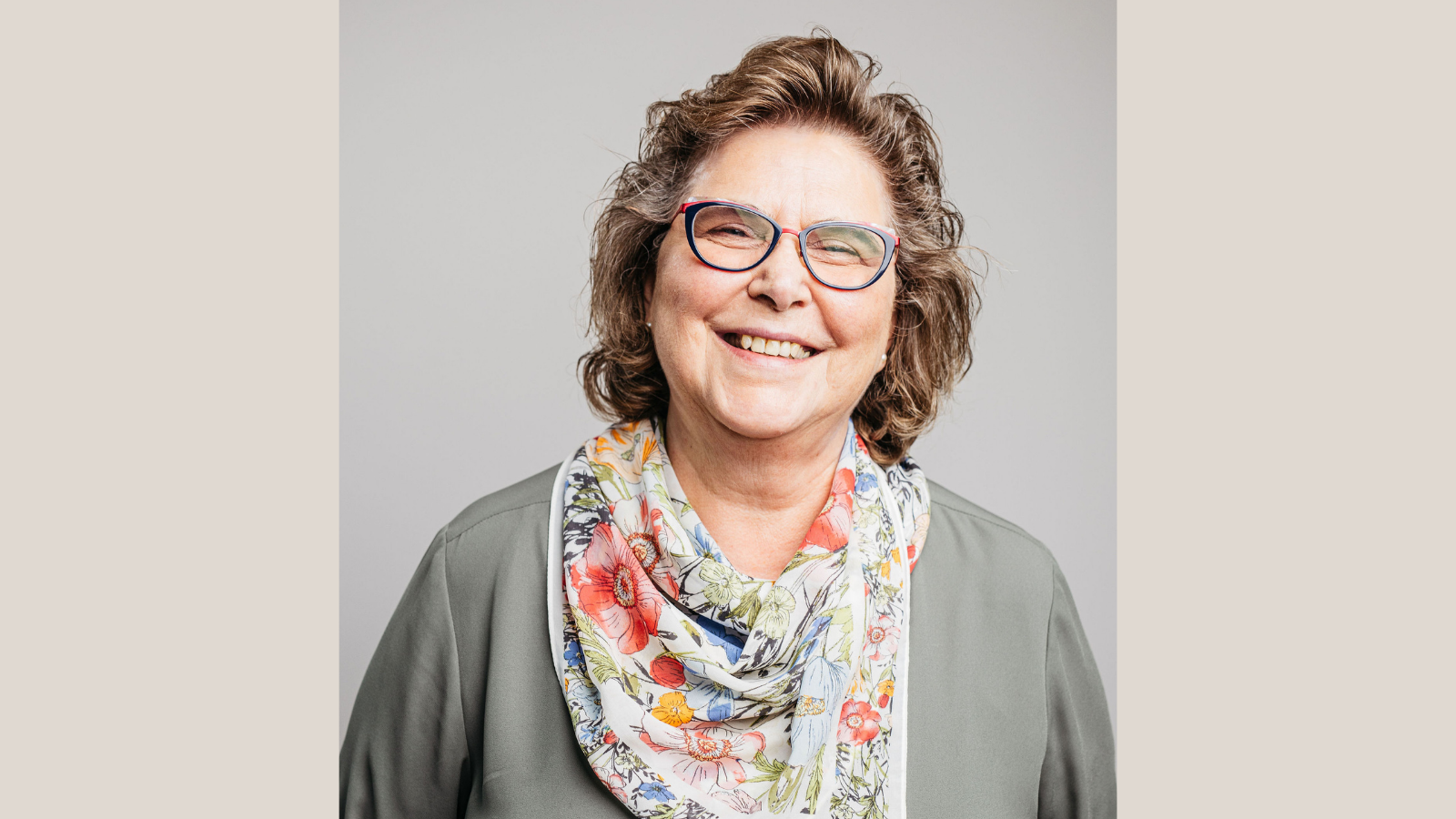Blog written by Julie Grothe, who has recently retired from her career at Guild after nearly forty years! Learn more about Julie here.
The Dream of Ending Homelessness
A number of years ago, there was an idea that we could end homelessness in 10 years.
In 2000, the National Alliance to End Homelessness drew up a blueprint called “A Plan, Not a Dream: How to End Homelessness in Ten Years.” Then in 2001, the Department of Housing and Urban Development created an initiative to end chronic homelessness under George W. Bush.
As a part of this, the USICH (US Interagency on Homelessness) was reactivated and challenged cities to create plans to end homelessness. In 2010, USICH released “Opening Doors: The Federal Strategic Plan to Prevent and End Homelessness” which was the first comprehensive federal commitment to end homelessness. The goal was to end chronic homelessness in five years and then end family, youth, and child homelessness in 10 years. It was hoped that this would set a course to end all homelessness by 2020.
At the same time as USICH’s Opening Doors, local plans started being written across the country with strategies for ending homelessness, increasing affordable housing, doing more to prevent homelessness, and for community outreach. Many of these were called “Heading Home” plans. Almost every county in Minnesota got together local groups and developed these strategic plans—Heading Home Ramsey, Heading Home Dakota, and many more.
Homelessness Now
It has been twenty years since this effort started and homelessness started declining across the country, including in Minnesota, until recently. In the last four years, homelessness has been increasing. Unsheltered homelessness has been increasing faster than sheltered homelessness—people in cars, living outside, etc. Certain populations are seeing more substantial increases, and people over the age of 55 and BIPOC communities continue to be overrepresented in the homeless population.
The past couple of years have shown how easy it is to slow our progress when major events like a pandemic happen. And now there are fears of more people becoming homeless as the Federal eviction moratorium ends.
I believe that homelessness can be reduced, especially chronic homelessness. But it will take continued ongoing efforts to increase affordable housing, to increase economic security which includes earning a living wage, to improve health and stability for the many who are disabled and homeless, to address racial disparities, and to re-envision our homeless crisis system and shelters.
Rare, Brief, and Non-Recurring
The best way to ensure that no one is chronically homeless is to make homelessness “Rare, Brief and Non-Recurring.” There is recognition that homelessness will not be totally eradicated, but we can work to make sure it happens infrequently and when it does happen, it’s for a short time. Our systems also need to be set up to ensure that it does not become a pattern of frequent occurrences. Making this happen takes a community: a plan where governmental agencies, non-profits, service providers, health systems, landlords, community members, and people who have lived experience of homelessness are all committed to taking action to address it.
Pulling All the Issues Together
The issues that must be worked on are:
- Housing—there is just not enough of it.
- Housing that is affordable—many people do not have enough money, even though they are employed or receive other supports.
- Income is essential—working for minimum wage means you can’t afford a one-bedroom apartment unless you work multiple full-time jobs. If you are on social security you also probably can’t afford housing.
- Racial disparities—most BIPOC groups continue to experience homelessness at much higher rates than whites and make up a disproportionate share of the homeless population.
- Domestic violence—many survivors, including children, become homeless when leaving a domestic situation.
- Health problems—health and homelessness are linked together. One health catastrophe has the potential to cause financial destruction and lead to homelessness.
Health issues can also be exacerbated by experiencing homelessness. Housing and services are the keys to helping people with mental health, substance abuse, medical issues, and other health issues.
The key to reducing chronic homelessness is pulling all these issues together. It’s not enough to just have housing for everyone who needs it. Our community needs to have services to help individuals stabilize their housing. We need accessible mental and physical healthcare. We need to invest in affordable housing options. We need a livable minimum wage. We need to address the root of issues like racism and domestic violence.
Guild’s Role in Reducing Homelessness
Guild has an array of different services that work towards reducing homelessness. We use a “Housing First” approach, meaning we know that shelter is a basic human need and we prioritize getting clients housed before anything else. Our services give clients the support they need to stabilize their housing situation, and access to additional services, such as mental health, physical health, employment services, and other resources.
At Guild, many of our staff members are involved in working to solve homelessness on a societal scale. Many staff members, especially leadership, are on county and state committees working to create strategies towards ending homelessness. I also encourage my staff to be informed on the issues on a larger scale.
I recently had a client call and leave a message when she heard I was retiring. She told me how much it meant to her that I advocated and fought for her housing. When our teams advocate for individuals, those individuals often see it as saving their lives.
Support Guild
Your support is what makes our work possible. Donate to our lifesaving services. Or, learn more ways to donate here.

